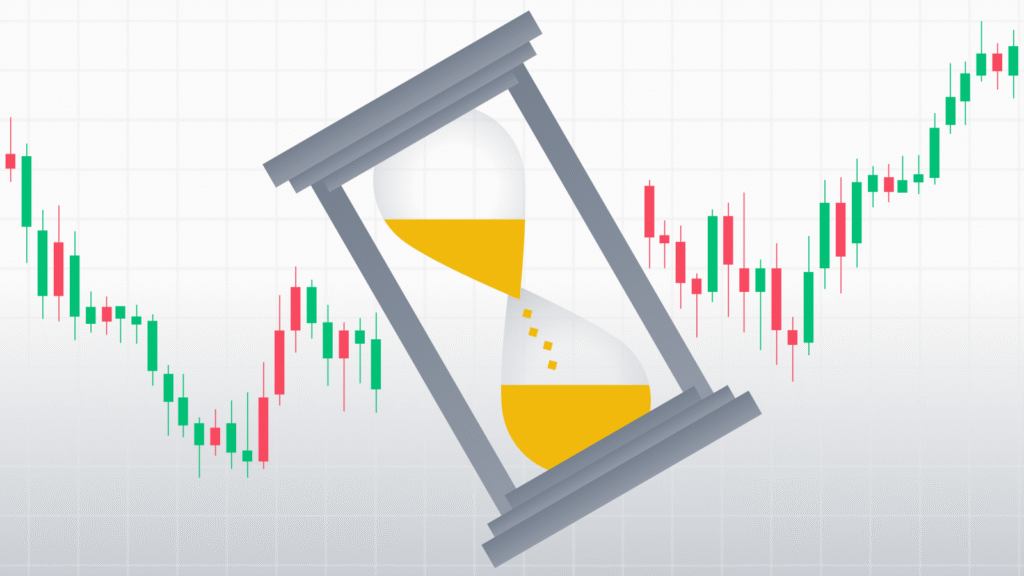Backtesting: The Smart Way to Refine Your Trading Strategy and Boost Confidence – The Novice Trader’s Playbook

Ever built a trading strategy that looked great—until you used it in a live market and watched it fall apart? You’re not alone. One of the biggest mistakes new traders make is skipping backtesting—the simple but powerful step that separates hope from high probability.
In this guide, you’ll learn how to backtest like a pro, avoid costly errors, and turn your strategy into a confidence-building machine. Let’s make sure your trades are based on data, not guesswork.
What is Backtesting—and Why It’s Essential
Backtesting is the process of applying your trading strategy to historical data to evaluate its effectiveness. It answers one critical question: Would this strategy have worked in the past?
Now, past performance doesn’t guarantee future results—but if your system never worked, it probably won’t start magically working now.
Backtesting Helps You:
- Spot flaws in your setup before risking real money
- Understand how your strategy behaves in different market conditions
- Build the emotional confidence to stick to your plan during tough trades
Imagine buying a used car without checking its service history. Risky, right? Trading without backtesting is just as reckless.
My Rookie Mistake with Backtesting (Learn From It)
Let me share a quick story. When I first built a swing trading system using moving averages, I dove straight into the market after one good week on demo.
Big mistake.
The next few trades stopped out. I tweaked the rules on the fly. Then tweaked them again. Eventually, I didn’t even know what my system was anymore—and my account was down 18%.
If I had simply backtested my original rules across six months of price data, I would’ve seen the flaw immediately: it performed terribly during choppy, sideways markets. That lesson cost me, but it taught me this truth:
👉 You don’t test your strategy on live capital. You test it on past data first.
How to Backtest Your Strategy (Step-by-Step)
Backtesting doesn’t have to be complicated or expensive. You can do it manually on TradingView, or use backtesting tools like MetaTrader, NinjaTrader, or even Excel.
Here’s a simple 5-step method to get started:
1. Define Clear Entry and Exit Rules
Your setup should be unambiguous. Example:
- Entry: Buy when the 20 EMA crosses above the 50 EMA and RSI is above 50
- Exit: Sell when price closes below the 20 EMA or RSI dips below 50
If your rules are fuzzy, your backtesting will be inconsistent.
2. Choose a Timeframe and Market
Pick a market (e.g., EUR/USD, NASDAQ 100) and timeframe (e.g., 1-hour, daily). Use at least 6 months of historical data—12 is even better.
3. Scroll Back and “Trade” the Chart
Go back in time. Use bar replay mode if available. Apply your rules and mark:
- Entry price
- Exit price
- Win/loss
- Risk-to-reward ratio
- Notes on conditions (trending? sideways?)
4. Record the Data
Use a spreadsheet to track each trade. Sample columns:
- Date
- Symbol
- Entry/Exit
- Profit or loss (in %)
- Drawdown
- Comments
5. Analyze the Results
Look for:
- Win rate
- Average gain vs. average loss
- Max drawdown
- Best and worst conditions for the system
Optional visual aid: Insert a sample backtest result table and bar graph of win/loss distribution.
Refining Your Strategy Using Backtesting Results
Once you’ve backtested 30–100 trades, you’ll likely see patterns—both in your wins and in your losses.
Here’s how to use that insight to refine your setup:
Ask Yourself:
- Are certain market conditions hurting performance?
- Do losses spike when you ignore certain filters (like trend direction)?
- Are winners concentrated in one time of day or session?
Adjust, Then Re-Test
Change one thing at a time, then backtest again. This avoids curve-fitting, where you over-optimize your strategy to the past and break it for the future.
Pro Tips for Smart Backtesting
- Stay objective: Avoid skipping setups that “look bad.” Be honest or results are meaningless.
- Account for spread/slippage: Especially on lower timeframes, this can turn winners into breakevens.
- Use fixed position sizing: So you can focus on strategy performance, not compounding.
- Simulate drawdowns: Check how the strategy holds up during rough patches. Could you stick with it?
Key Takeaways
- Backtesting lets you test your trading system safely before risking real money.
- It reveals strengths, weaknesses, and how your system performs in different market types.
- Tools like TradingView and Excel make backtesting accessible to beginners.
- Always refine slowly and avoid emotional tweaks—data, not drama, should guide your updates.
Data-Driven Confidence Starts Here
If you want to trade like a professional, start thinking like one. And professionals test, tweak, and track everything. Backtesting gives you confidence—not because it guarantees wins, but because it prepares you for what’s likely to come.
So don’t skip the prep work. Build your system, test it, and refine it before going live.
Want to go deeper?
Check out our related guides like “Risk Management: The Smart Way to Protect Your Capital” and “Psychology of Trading: How Emotions Affect Your Success”.
Want to keep leveling up your trading mindset?
📘 Ready to take your skills further?
Don’t miss our next guide:: “Managing Your Portfolio: Tracking Performance and Adjusting Trades.” Let’s continue on the path to becoming a savvy, informed trader.